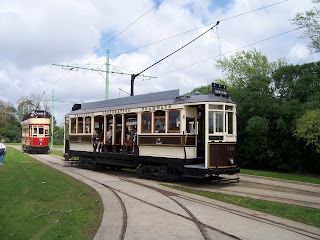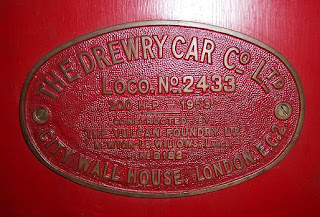A short interlude in Auckland for a choir trip is providing a good excuse for a short holiday.
The Museum of Transport and Technology is a quite impressive facility but it still bears the marks of having been started by a conglomeration of enthusiast groups. Now, with government funding, it looks to be on a sound footing but there still appears to be a need for a strategic focus to be more thoroughly applied.
Melbourne 893 at the MOTAT II tram stop.
The most notable aspect of the main site (MOTAT I) is a tram museum and some railway equipment is also preserved there statically. Unfortunately, a lot of the trams were not accessible but I suppose this is understandable for a weekday out of school holiday time.
Kerr Stuart 'Haig' Type 0-6-0T displayed in the open air at MOTAT I. A GM Model G12 is behind.
The second site (MOTAT II), linked to the first by electric tramway, contains the aircraft, military and railway museums. It is rather bleak and in need of thoughtful development. A massive aircraft hanger extension is in course of construction, as is a storage shed extension for the rail workshops. There is a short 3ft 6ins gauge railway line on this second site, but I could not help thinking that it would have been nice if the railway could also have been accommodated on the route of the tramway link.
The railway workshop was 'closed' but I was shown round some of the buildings by a kind gentleman. Most of the locomotives I saw were impossible to photograph adequately and some others must have been in locked storage sheds. There are some nice timber carriages for use on the monthly passenger trains and some nicely restored goods rolling stock also.
This beautiful little Avonside 2-4-0T (1205 of 1877) was under repair with its rear axle out. It was first used on New Zealand Government Railways.

'Bertha' is a delightful Orenstein & Koppel 0-4-0T (1411 of 1904) but the sideways widening of its cab side sheets does not look too authentic.
It was imposssible to photograph the locomotive - ex NZR DSA 223, but the builder's plate is very nice.
































